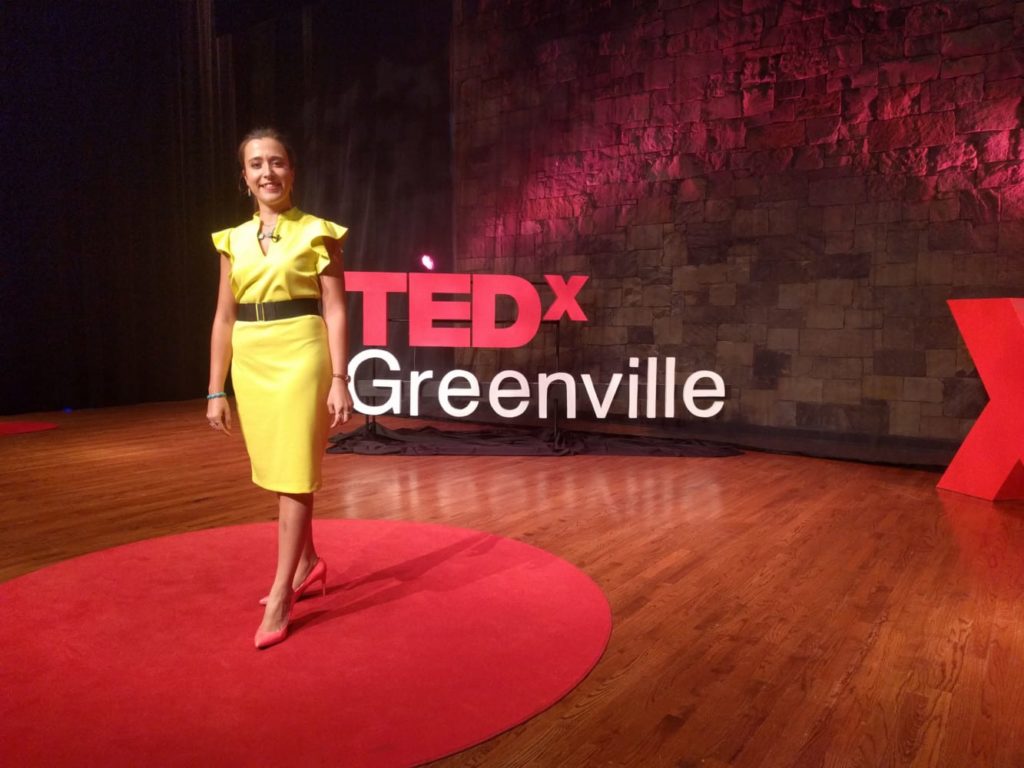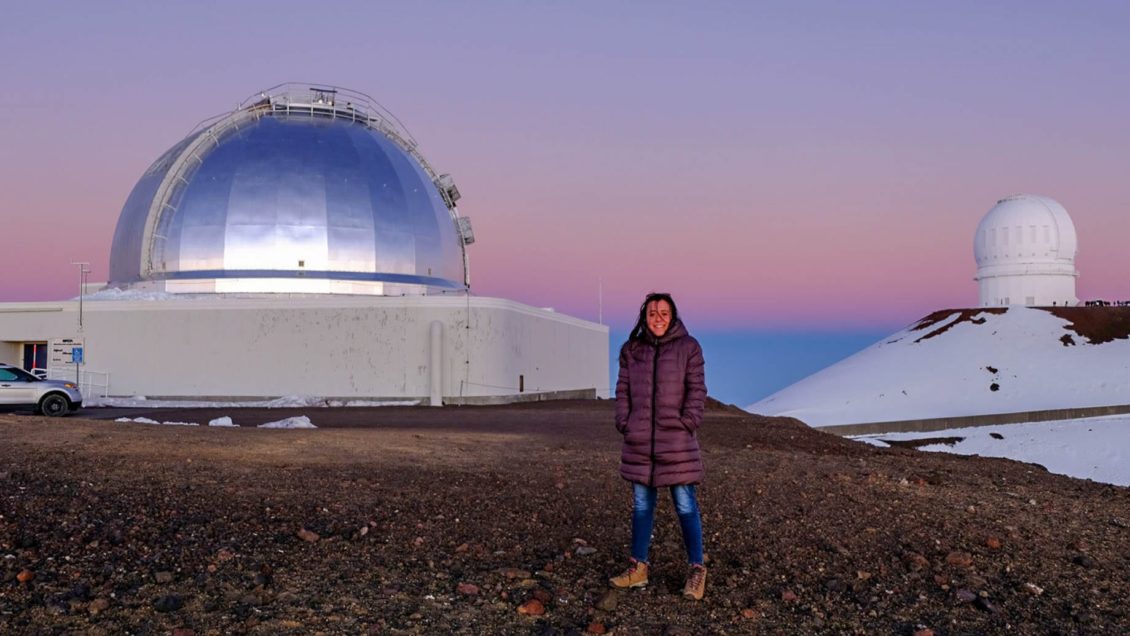Clemson University Ph.D. candidate Lea Marcotulli’s study of supermassive black holes takes her to the farthest reaches of the universe.
This fall, it will take her to the Yale Center for Astronomy and Astrophysics as a part of the NASA Hubble Fellowship Program.
Marcotulli is the first Clemson graduate student to receive the fellowship, one of the world’s most prestigious and competitive postdoctoral research prize fellowships in astrophysics. NASA selected 24 fellows out of more than 400 applicants.
“I feel deeply humbled and honored to have received this fellowship. This award is truly one of the most amazing achievements of my career. I could have never accomplished it without the help and support of my adviser, my research group, and all the amazing people here at Clemson,” said Marcotulli, who expects to receive her Ph.D. from the College of Science’s Department of Physics and Astronomy in May.
Each fellow will receive up to three years of financial support to do research corresponding to one of three broad scientific questions NASA seeks to answer about the universe:
- “How does the universe work?” (Einstein Fellows)
- “How did we get here?” (Hubble Fellows)
- “Are we alone?” (Sagan Fellows)
Marcotulli’s research falls in the first category.
“Nearly every young researcher in astrophysics applies to this program and very few succeed,” said Marco Ajello, an associate professor in physics and astronomy who is Marcotulli’s adviser. “Lea’s success testifies to her superb capabilities as a researcher, leader, communicator and mentor to young and fellow students. It also shows that our graduate program can now compete with some of the best graduate programs in the U.S. and can successfully provide the perfect environment for talented young scientists to grow and thrive.”
Supermassive black holes
During her time at Clemson, Marcotulli has focused her study on supermassive black holes formed when the universe was just 1 billion to 2 billion years old.
“Supermassive black holes at the centers of galaxies are some of the most powerful and fascinating objects in the universe. There is so much we still don’t know about them,” said Ajello, who once led an international team that measured all of the starlight ever produced in the observable universe. “Marcotulli’s research answered questions about how these objects grow and evolve throughout the history of the universe and how they power the bright emission we detect at X-rays and gamma rays.”

Marcotulli delivered a talk about her research titled “The Biggest, Baddest Black Holes” at the virtual TEDxGreenville 2020 conference. She and four other female Clemson astrophysicists are building a YouTube channel designed to communicate the beauty and importance of science to the public.
Marcotulli’s work at Yale will center on unveiling the hidden connection between supermassive black holes and mechanisms that trigger jets from the centers of galaxies. During her fellowship, Marcotulli will work with Yale Center for Astronomy and Astrophysics director Meg Urry, a former president of the American Astronomical Society and also formerly on the Hubble Space Telescope faculty.
“In my future research, I want to find the missing piece of this puzzle: ‘How did these black holes grow so fast and how did they shape the universe we see now?’ I am beyond thrilled to start working on this project at Yale under the supervision of one of the pioneers of this field, Dr. Meg Urry. I will also proudly carry with me the name of Clemson University,” Marcotulli said.
Get in touch and we will connect you with the author or another expert.
Or email us at news@clemson.edu

